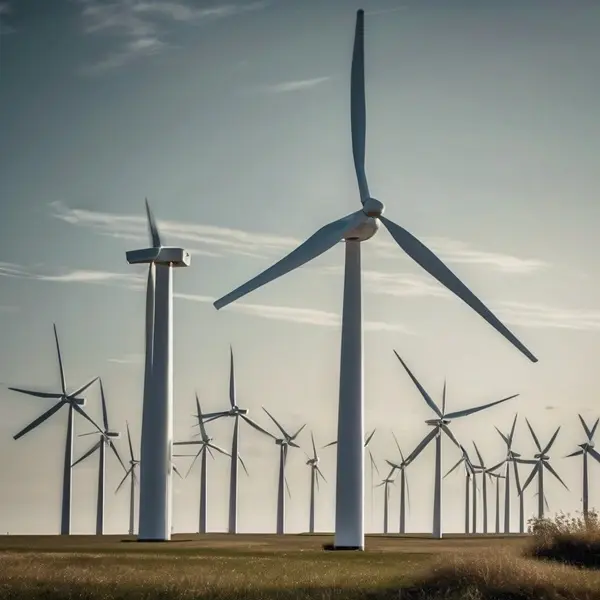Harnessing the Wind: The Untapped Potential of Wind Energy in North Cyprus
- John Nordmann
- Apr 13
- 2 min read
Updated: 2 days ago

Executive Summary
North Cyprus has a largely untapped yet promising potential for wind energy development. Although overshadowed by the region's well-known solar prospects, wind energy can play a vital complementary role in diversifying the energy mix, improving energy security, and reducing carbon emissions. With the right strategic planning, regulatory reform, and investment, North Cyprus can leverage its moderate-to-high wind zones to establish a stable and sustainable wind energy sector.
1. Introduction
North Cyprus remains heavily dependent on imported fossil fuels for electricity generation. As energy demands grow and global climate commitments become increasingly important, the country faces both the necessity and the opportunity to invest in renewable energy sources—including wind.
2. Wind Energy Potential in North Cyprus
2.1 Wind Resource Assessment
Wind speeds in North Cyprus vary from 5.5 to 7.5 m/s at 80m hub height in select coastal and elevated regions.
Kyrenia mountain ridge, Mesarya plain, and Karpaz Peninsula show promising wind profiles.
A full wind mapping campaign is required to assess site-specific viability and seasonal variation.
2.2 Technical Feasibility
Modern wind turbines can operate effectively even at medium wind speeds.
Hybrid systems combining wind + solar with battery storage are well-suited to the local grid.
3. Current Energy Landscape
3.1 Generation Mix
Nearly all electricity is generated from fossil fuels.
Renewables (mainly solar) contribute only a small fraction to the grid.
3.2 Grid Characteristics
An isolated and outdated grid system with limited storage and balancing capacity.
No interconnection with the Republic of Cyprus or international grids.
4. Benefits of Wind Energy Development
4.1 Economic Benefits
Long-term reduction in energy costs
Creation of high-skill green jobs
Reduced reliance on volatile global fuel markets
4.2 Environmental Impact
Significant reduction in CO₂ and other emissions
Minimal water usage compared to thermal generation
Land under turbines can still be used for agriculture
4.3 Energy Security
Diversification of energy sources
Potential for localized, distributed generation
5. Challenges and Barriers
Regulatory Gaps: No dedicated framework for wind licensing and operation
Financing: High upfront capital cost; limited access to international funding
Environmental Concerns: Visual impact, bird migration routes, and noise
Grid Integration: Limited capacity for variable renewables; need for grid modernization
6. Strategic Opportunities
6.1 Pilot Projects
Initiate 1–5 MW pilot wind farms in high-potential areas
Use data to refine policy and encourage private sector involvement
6.2 Community Wind Projects
Engage local municipalities or cooperatives
Share profits and increase public support for renewables
6.3 Wind-Solar Hybrids
Combine with solar installations to smooth variability
Use shared infrastructure to reduce project costs
7. Policy Recommendations
Conduct National Wind Mapping Study to identify viable locations
Develop a Wind Energy Framework Law with clear licensing procedures
Provide financial incentives (e.g., feed-in tariffs, green bonds)
Upgrade the grid and invest in smart grid and storage solutions
Launch public awareness campaigns about the benefits of wind power
8. Conclusion
Wind energy in North Cyprus remains an underutilized but strategic resource. By investing in wind power now—alongside solar—the region can build a resilient, diversified energy system that benefits both the economy and the environment. The wind is here. The time to act is now.















Comments